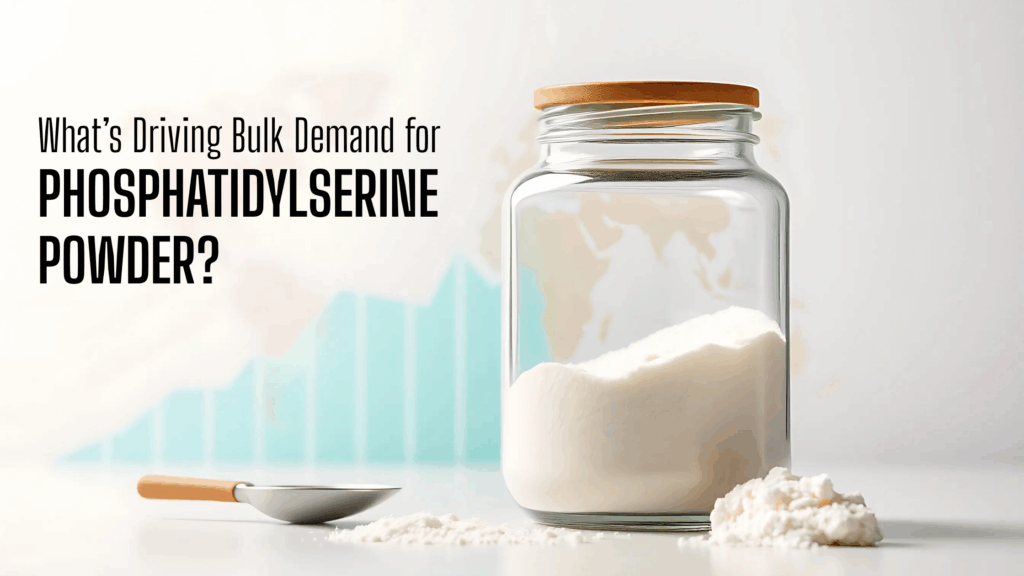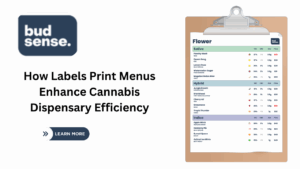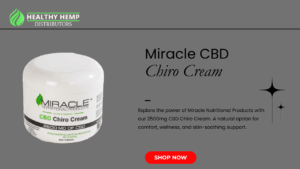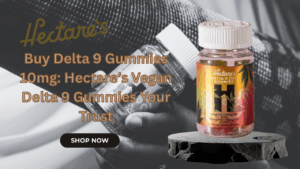If there’s one ingredient that’s been quietly gaining traction in the product manufacturing space—especially among supplement developers and functional food formulators—it’s phosphatidylserine (PS) powder. I’ve seen it appear more frequently in product briefs, spec sheets, and sourcing inquiries. And I get why.
Phosphatidylserine is a naturally occurring phospholipid found in high concentrations in the brain. In essence, it helps keep cell membranes, particularly neuronal ones, flexible and functional. While it’s not new, the way it’s being integrated across product categories has evolved significantly in recent years.

More Than a Nootropic Buzzword
For years, PS was mainly a niche nootropic used in cognitive support supplements. But we’re no longer talking about a fringe biohacker’s go-to. Today, PS powder is showing up in mainstream wellness products—from cognition-focused drink blends to stress-reducing capsules aimed at busy professionals.
What makes it so versatile? Structurally, phosphatidylserine has two fatty acid chains, a glycerol backbone, and the amino acid serine. This composition enables it to support cellular communication, particularly in the nervous system. That’s why it’s often included in formulations aimed at memory, focus, and stress resilience.
But the functionality doesn’t stop at the brain. There’s emerging interest in PS for its role in physical recovery and hormone regulation, especially cortisol. This is creating opportunities not just in nutraceuticals, but also in sports nutrition and even cosmeceuticals, where it’s being explored for skin health benefits.
Functional, Flexible, and Formulator-Friendly
From a formulation standpoint, PS powder is available in a range of concentrations—typically 20% to 99%—depending on whether it’s derived from sunflower lecithin or soy. It’s usually lipid-soluble, which means it blends well with oil-based carriers or encapsulated systems. In foods and beverages, it’s being used in microencapsulated forms that help mask taste and improve stability.
This level of flexibility matters in the formulation world. Developers want ingredients that can stretch across delivery formats, and PS delivers on that front.
Sourcing in Bulk: What Buyers Should Know
Now let’s talk about what really matters when you’re on the sourcing side—bulk availability, quality assurance, and documentation. PS powder is primarily extracted from soy or sunflower sources. The latter is gaining popularity, especially among formulators catering to allergen-conscious or soy-averse markets.
From an ingredient procurement perspective, top-tier suppliers typically provide:
- Multiple purity options (20%, 50%, 70%, etc.)
- Allergen-free and non-GMO declarations
- Batch-specific Certificates of Analysis (CoAs)
- Stability data and shelf-life documentation (commonly around 24 months when stored at -20°C)
Depending on the region, you’ll also want to confirm that the product meets local food safety or nutraceutical regulations. The U.S. FDA, for example, allows PS from soy to be used in foods with structure/function claims, provided it meets safety standards.
Market Snapshot: Growth Is Steady—And Strategic
Globally, the phosphatidylserine market was valued at just over $120 million in 2023 and is projected to grow at a CAGR of 3.4% through 2030. Other reports suggest a higher growth rate—up to 5.3%—driven by demand for cognitive wellness products and aging population trends.
The real growth opportunities, in my opinion, lie in three spaces:
- Functional beverages, especially ready-to-drink formats targeting mental performance.
- Sports recovery supplements, where PS is being paired with adaptogens or amino acids.
- Beauty-from-within formulations, tapping into the cosmeceutical crossover appeal.
It’s also worth noting that manufacturers are beginning to see PS as a differentiator—something that adds not just function, but perceived value to the label.
A Few Things I’ve Learned Along the Way
If you’re considering PS powder for your next formulation, here are three quick takeaways I’ve picked up:
- Check your source: Sunflower-derived PS may offer a marketing advantage (non-GMO, soy-free).
- Storage matters: It’s hygroscopic and light-sensitive, so ask suppliers about best storage and transit practices.
- Mind your format: Not all PS powders are created equal—some are optimized for softgels, others for beverages or powders. Match the grade to your format.
Final Thoughts
As consumer expectations rise for mental wellness and multitasking products, I believe phosphatidylserine powder will continue to find its way into broader categories. For manufacturers and procurement heads, that makes now a good time to start exploring bulk sourcing relationships and formulation trials—while the market is still expanding and competitive.
If you’ve worked with PS or are considering adding it to your formulations, I’d love to hear what’s driving your interest—and what your biggest questions are.
Also read: Opening a Mexican Food Restaurant: The Ultimate Checklist






